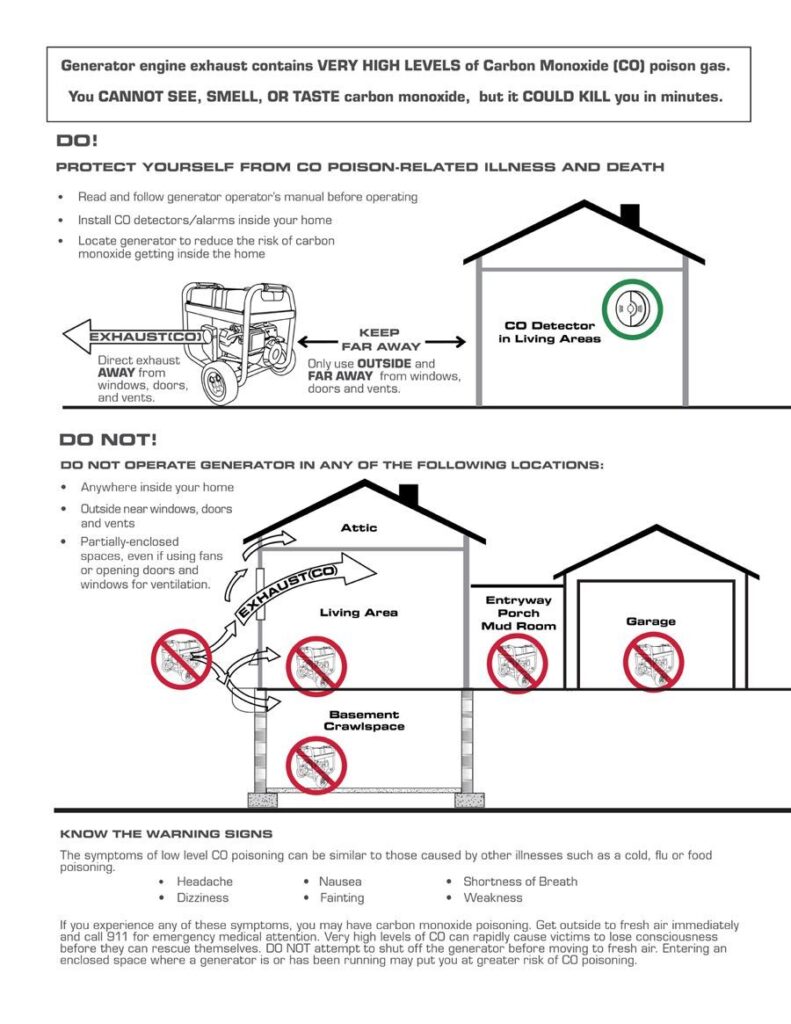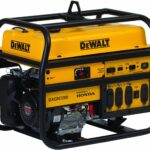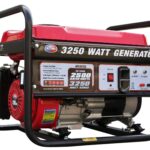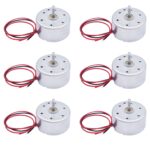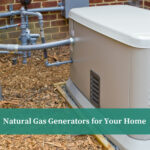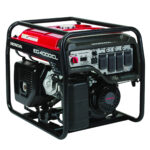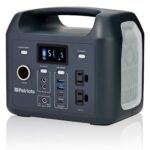Are you curious about whether a generator can be used indoors? It is important to ensure that the generator is safe to use indoors, as the fumes and exhaust can be hazardous to your health. This article provides an expert guide to generators for indoor use, so you can safely and confidently use a generator indoors.
Types of Generators

- Portable generators are fueled by gasoline, diesel, propane, or natural gas.
- Standby generators are permanently installed outside the home and typically use natural gas or propane.
- Inverter generators are smaller, more efficient, and quieter than traditional generators.
- Solar generators use the power of the sun to generate electricity without the need for traditional fuel sources.
Advantages of Using a Generator Indoors
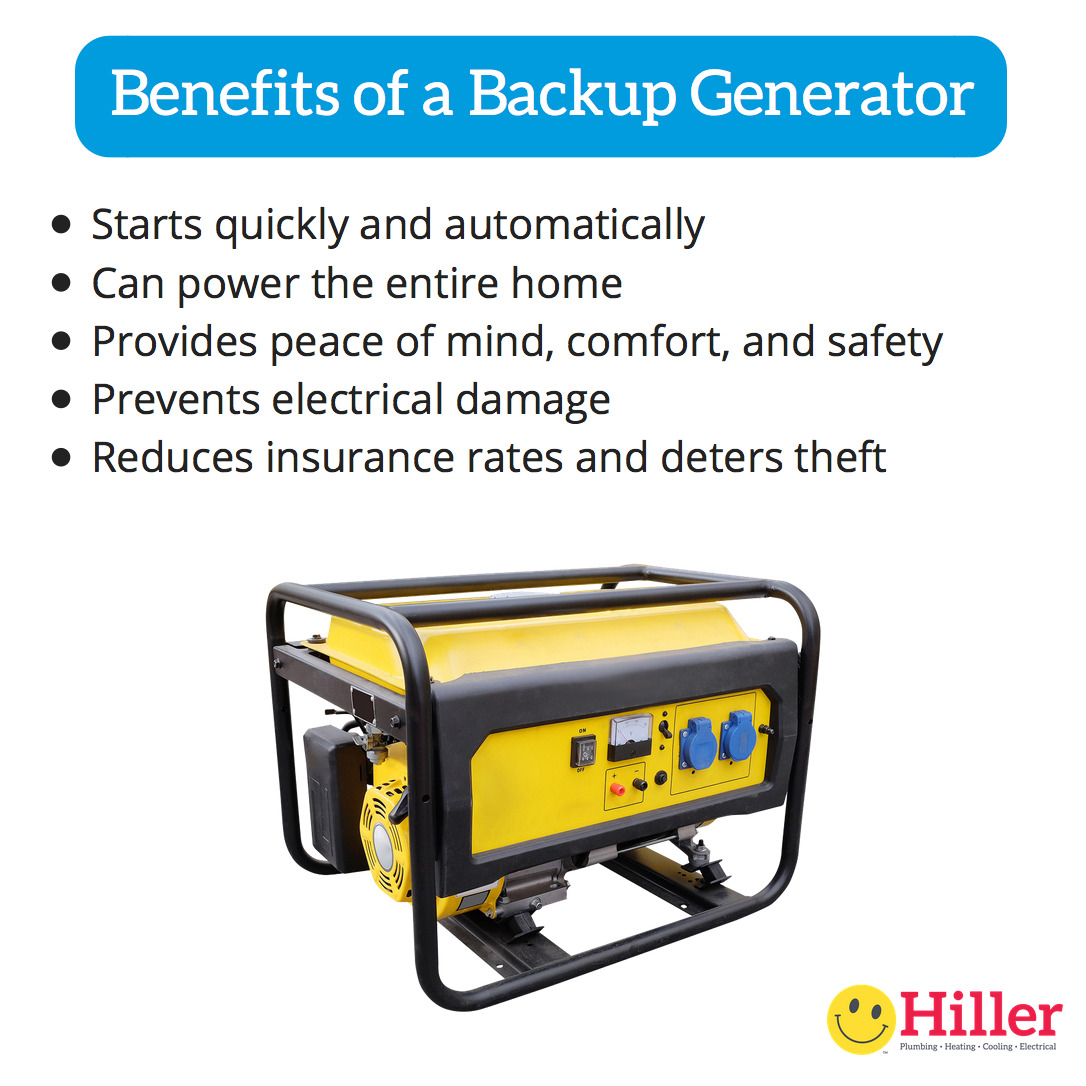
- Can provide a reliable source of energy during power outages
- Can be used to power appliances, lights, and other electronics
- Can be used to charge batteries
- Can be used to power sensitive electronics, such as computers and medical equipment
- Can provide a backup power source for home security systems
- Can provide a source of power in areas with limited access to the electrical grid
- Can be used to run a variety of tools, such as drills and saws
Disadvantages of Using a Generator Indoors
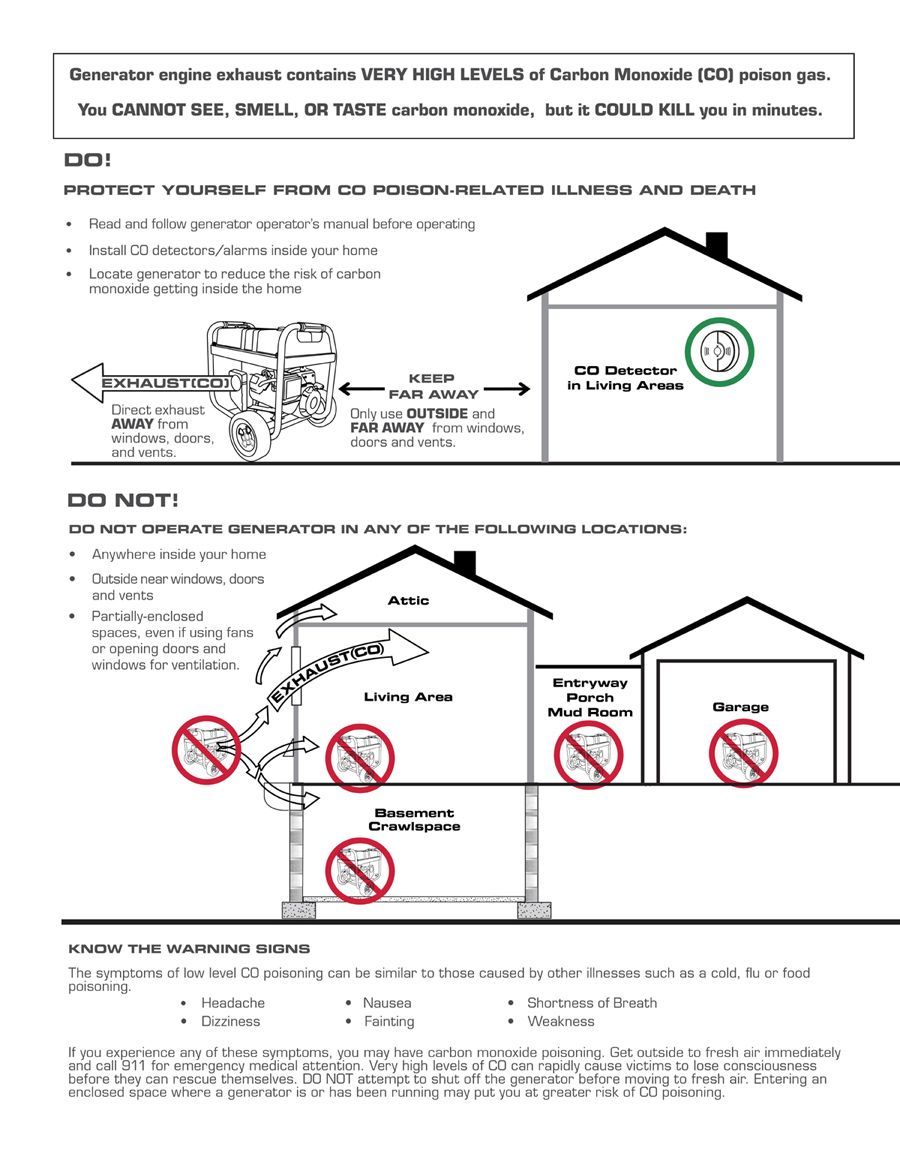
| Advantages | Disadvantages |
|---|---|
| Provides Emergency Power | Carbon Monoxide Poisoning |
| Inexpensive | Fire Hazard |
| Portability | Noise Pollution |
Generators are a great source of emergency power, they are relatively inexpensive and they are very portable. However, when used indoors, there are several disadvantages. The main disadvantage of using a generator indoors is the risk of carbon monoxide poisoning. Carbon monoxide is a colorless, odorless gas that is released when burning fuel and can cause serious health problems and even death. Additionally, using a generator indoors can also pose a risk of fire due to the build-up of combustible materials. Finally, noise pollution can be an issue when using a generator indoors, as the noise can be loud and disruptive.
Safety Considerations
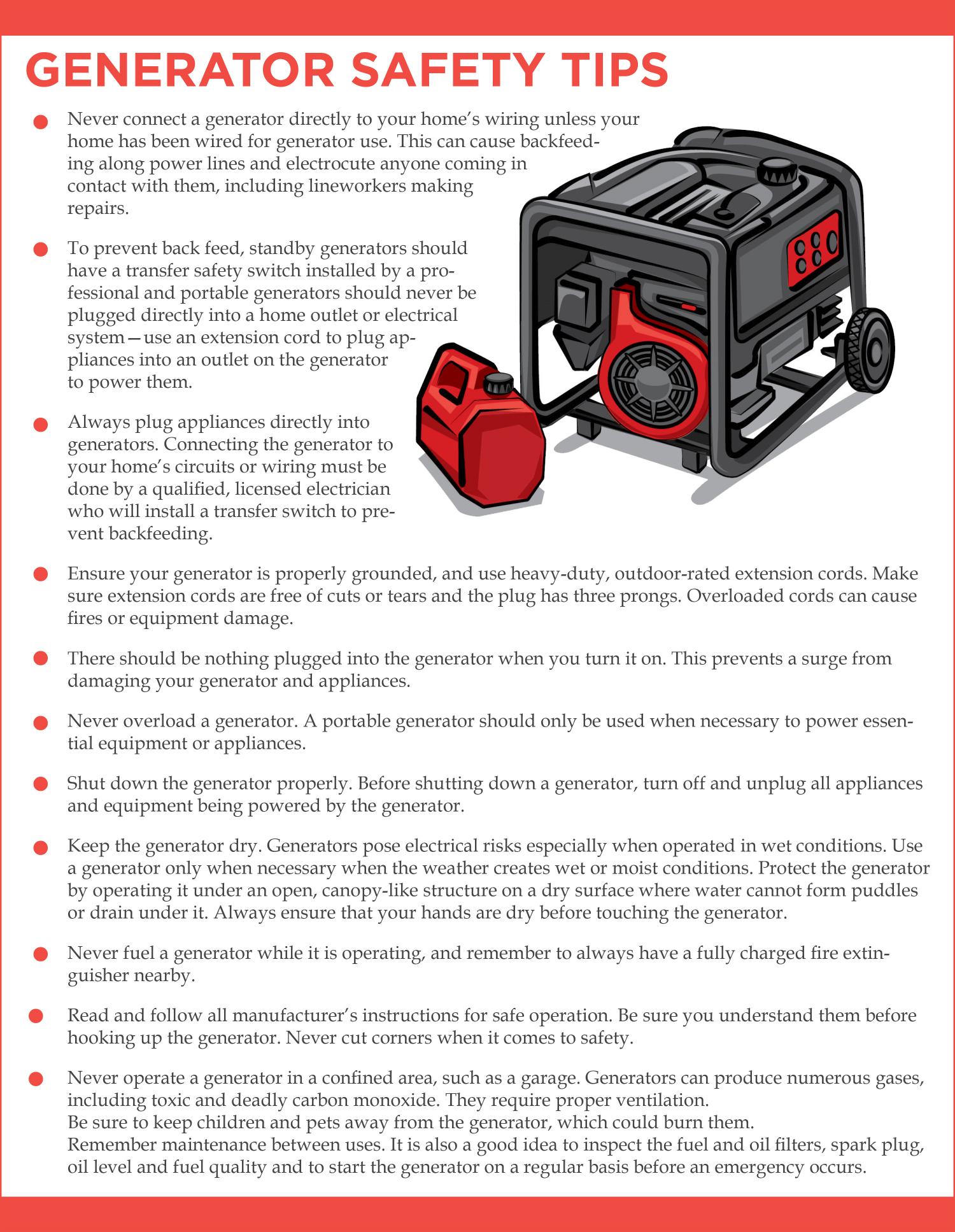
- Never use a generator inside a home, garage, basement, crawlspace, or any partially enclosed area.
- Never refuel a generator while it is running.
- Ensure combustible materials and vapors are not present in the area near the generator.
- Always ensure the generator is properly grounded.
- Ensure the generator is properly vented to avoid build-up of carbon monoxide.
- Operate the generator in an open, well-ventilated area.
- Never plug the generator into a wall outlet.
- Use heavy-duty, outdoor-rated extension cords.
Regulations and Laws

- In most countries, it is illegal to operate a generator indoors due to the risk of carbon monoxide poisoning.
- In the US, the Environmental Protection Agency (EPA) has strict regulations in place that prohibit the operation of a generator indoors or in any enclosed or partially enclosed space.
- The Occupational Safety and Health Administration (OSHA) also has regulations in place that prohibit the use of a generator indoors unless the exhaust is directed outside.
- In the UK, the Health and Safety Executive (HSE) has regulations in place that prohibit the operation of a generator indoors.
- In Canada, the Canadian Electrical Code (CEC) has regulations in place that prohibit the use of a generator indoors unless the exhaust is directed outside.
- In Australia, the Australian Standard AS/NZS 2918:2011 has regulations in place that prohibit the use of a generator indoors unless the exhaust is directed outside.
Tips for Safely Operating a Generator Indoors
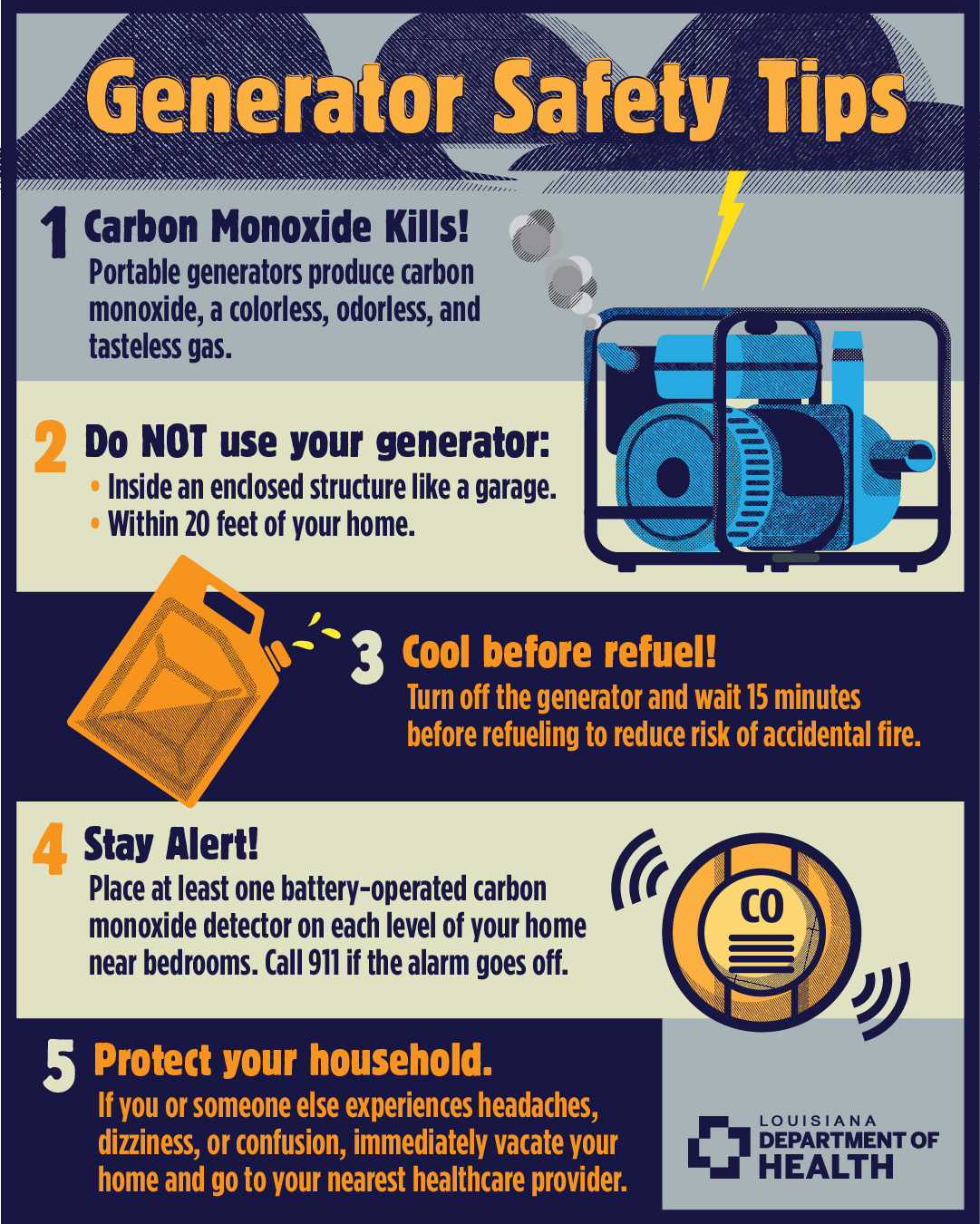
| Tip | Description |
| Ensure Proper Ventilation | Be sure to properly ventilate the area. This includes keeping doors and windows open to allow fresh air to circulate. Generators produce harmful fumes like carbon monoxide which can be potentially deadly if inhaled in large amounts. |
| Use the Right Type of Fuel | Ensure that you are using the correct type of fuel for your generator. Different generators require different types of fuel, and using the wrong type can be dangerous. |
| Keep Away from Ignition Sources | Keep the generator away from any potential ignition sources. This includes open flames, sparks, and anything else that could potentially ignite the fuel. |
| Check for Leaks | Before operating the generator indoors, check for any fuel or oil leaks. If leaks are present, do not operate the generator until they are resolved. |
| Keep Children and Pets Away | Keep children and pets away from the generator at all times. The fumes produced by the generator can be hazardous to their health. |
Best Practices for Generator Maintenance
Generators should be serviced regularly to ensure they are running properly and safely. Proper maintenance will extend the life of the generator and ensure it is ready when needed. Here are some best practices for generator maintenance:
• Check the oil level regularly and change the oil and filter at least every 100 hours of operation or once a year, whichever comes first.
• Check the air filter and replace it when it becomes clogged or dirty.
• Check the spark plug and replace it at least once a year.
• Check the fuel filter and replace it when it gets clogged.
• Inspect the fuel lines and hoses for leaks or cracks. Replace any damaged parts.
• Inspect the battery and clean the terminals and posts. Replace the battery if necessary.
• Check the generator’s belts and pulleys for wear or damage. Replace any worn parts.
• Check the generator’s wiring for shorts or breaks. Replace any damaged wiring.
• Ensure the generator’s exhaust system is working correctly and replace any worn parts.
• Check the generator’s control panel for proper operation.
• Test the generator regularly to make sure it is running correctly and efficiently.
Following these best practices for generator maintenance will ensure your generator is ready and reliable when you need it.
Common Issues with Running a Generator Indoors
Generators can produce high levels of carbon monoxide, which is a toxic gas that can cause serious health issues including death. If a generator is running indoors, the carbon monoxide can quickly accumulate and become dangerous. Even with the use of a carbon monoxide detector, the risk is still present. Additionally, generators produce a lot of noise, especially if they are running for long periods of time. This can be disruptive and annoying for those living in the same area. Generators also require proper ventilation in order to ensure the fuel is combusting properly and to reduce the risk of a fire. Without proper ventilation, the generator can become overheated, which could result in a fire or other damage. Finally, generators require regular maintenance in order to ensure they are working properly and efficiently. If a generator is not maintained, it can become dangerous and unreliable.
Frequently Asked Questions
Are there any safety concerns when running a gas generator indoors?
Running a gas generator indoors is not recommended due to the risk of carbon monoxide poisoning. Carbon monoxide is a colorless, odorless, and toxic gas that can cause severe illness or death. Additionally, running a generator indoors can create a fire hazard due to the risk of combustible exhaust gases accumulating and combusting. It is best to run a gas generator outdoors in a well ventilated area away from open windows and doors.
Are there any special considerations to keep in mind when using a generator indoors?
Using a generator indoors is generally not recommended due to the risk of carbon monoxide poisoning. If an indoor generator must be used, it must be placed in an area that is well ventilated and away from any open windows or doors. Additionally, the generator must be properly grounded to reduce the risk of fire or electric shock. It is important to check the manufacturer’s user manual for further safety information.
What type of generator is best suited for indoor use?
Inverter generators are the best choice for indoor use due to their low levels of noise and exhaust. Inverter generators are designed to be quieter and produce a cleaner energy source than conventional generators. They are also more fuel efficient and have a longer life span. Additionally, inverter generators are designed to provide clean energy, meaning the output from the generator is free of voltage spikes which can be damaging to electronics.
What type of ventilation is necessary when running a generator indoors?
Generators produce carbon monoxide which is an odorless, colorless, and poisonous gas. When running a generator indoors, it is essential to have a well-ventilated area to prevent the dangerous accumulation of carbon monoxide. An exhaust fan should be installed in the room where the generator is being used and an air intake should also be provided to allow for the circulation of fresh air. The exhaust fan should be installed near the ceiling to ensure proper ventilation. Additionally, the generator should be inspected regularly to ensure it is in good condition and running properly.
What precautions should be taken when running a generator indoors?
Generators should never be operated indoors due to the risk of carbon monoxide poisoning. If a generator must be used indoors, it is important to ensure that the room is well ventilated and that a carbon monoxide detector is present. Additionally, the generator should be set up away from flammable materials and should be plugged into an outlet using a heavy-duty extension cord. It is important to read and follow all instructions included with the generator, and to never refuel the generator while it is running.
Conclusion
It is possible to use a generator indoors, but it must be done with extreme caution. Generators should only be used in well-ventilated areas and never in enclosed spaces. It is important to read the manufacturer’s instructions carefully before using any kind of generator, and always keep in mind the potential risks associated with carbon monoxide poisoning. With the right precautions, a generator can be a safe and efficient source of power indoors.

